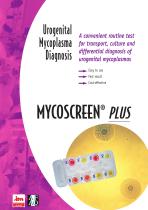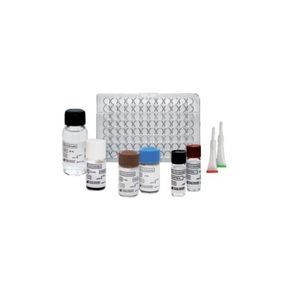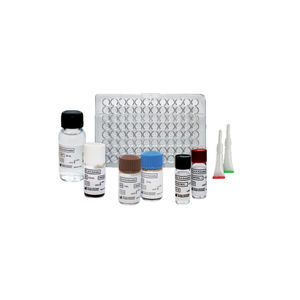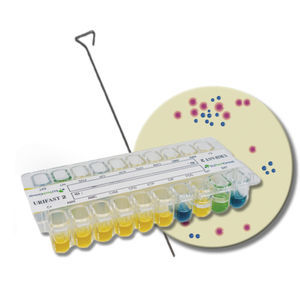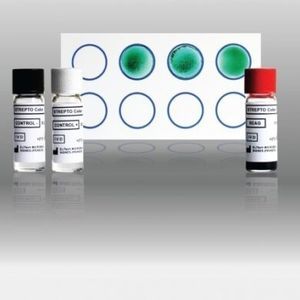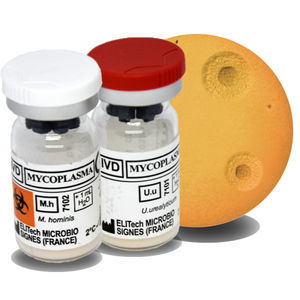
- Laboratory
- Laboratory medicine
- Agar gel reagent
- ELITech Group
Agar gel reagent A7 for mycologyvitaminurea
Add to favorites
Compare this product
Characteristics
- Type
- agar gel
- Applications
- for mycology
- Tested parameter
- vitamin, urea
- Micro-organism
- bacteria, Mycoplasma, Ureaplasma urealyticum
Description
The A7 Agar enables the culture, semi-quantitative enumeration and the morphological identification (solid method) of Ureaplasma urealyticum (U.u.) and Mycoplasma hominis (M.h.) from endocervical, urethral, urinary and sperm samples, as well as gastric secretions and other samples likely to contain urogenital mycoplasma infection.
Benefits
Mycoplasmas are the smallest and simplest of the procaryotypes capable of self-reproducing (0.15 to 0.25 μm). They differ from other bacteria in their lack of a cell wall and hence a natural resistance to ß-lactams. Since mycoplasmas are relatively fragile, they will only grow in acellular cultures in the presence of various growth factors and at a constant temperature of 35 to 37 °C. Most human mycoplasmas are commensal. Of the 9 species that have been isolated from the urogenital tract, Ureaplasma urealyticum and Mycoplasma hominis are the most commonly found. U.u. and M.h. are sexually transmitted and can be pathogenic. Respiratory infections or meningitis can occur in the neonate as a result of contamination from the genital tract at birth. In adults,
Principle
The mycoplasmas are relatively fragile organisms that will only multiply in the presence of numerous growth factors. They are facultative anaerobes, demanding in their requirement for sterols. They metabolize sugars or arginine (Mycoplasma hominis) or urea (Ureaplasma urealyticum) in order to provide for their energy requirements.The A7 Agar is a modified Shepard medium, containing serum, peptones, yeast extract and a mixture of vitamins. It is lacking in sugar, but contains urea and arginine as a source of energy.
Catalogs
MYCOSCREEN® PLUS Brochure
2 Pages
Exhibitions
Meet this supplier at the following exhibition(s):

Related Searches
- Assay kit
- Solution reagent kit
- Blood assay kit
- Serum assay kit
- Plasma assay kit
- Infectious disease detection kit
- Blood rapid diagnostic test
- Diagnostic reagent kit
- Laboratory reagent kit
- Immunoassay rapid diagnostic test
- Molecular test kit
- Virus rapid diagnostic test
- Whole blood detection kit
- Serum rapid diagnostic test
- Respiratory infection test kit
- Infectious disease rapid diagnostic test
- Clinical assay kit
- Optical assay kit
- Reagent medium reagent kit
- Cassette assay kit
*Prices are pre-tax. They exclude delivery charges and customs duties and do not include additional charges for installation or activation options. Prices are indicative only and may vary by country, with changes to the cost of raw materials and exchange rates.



